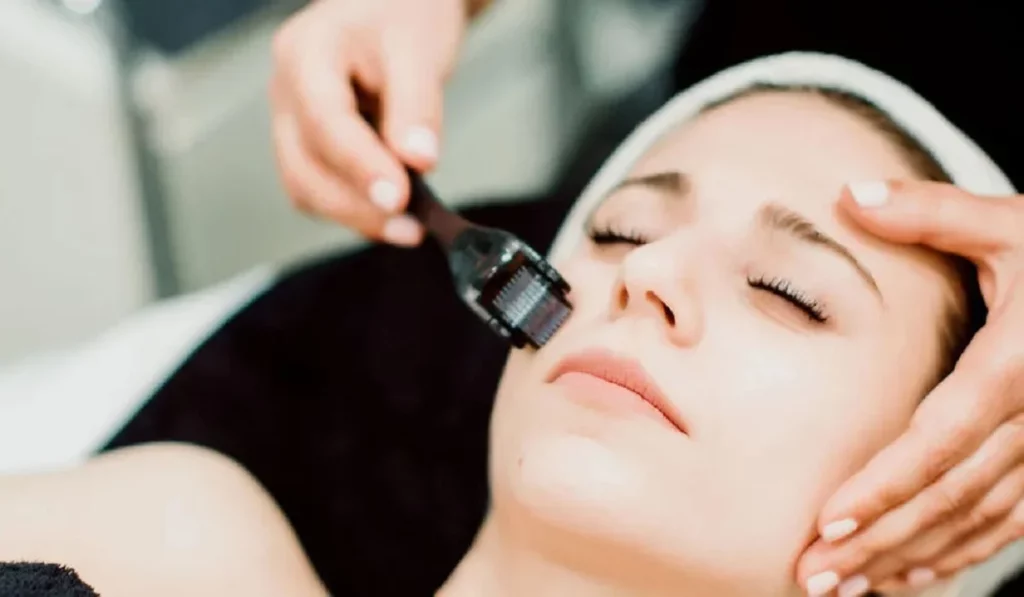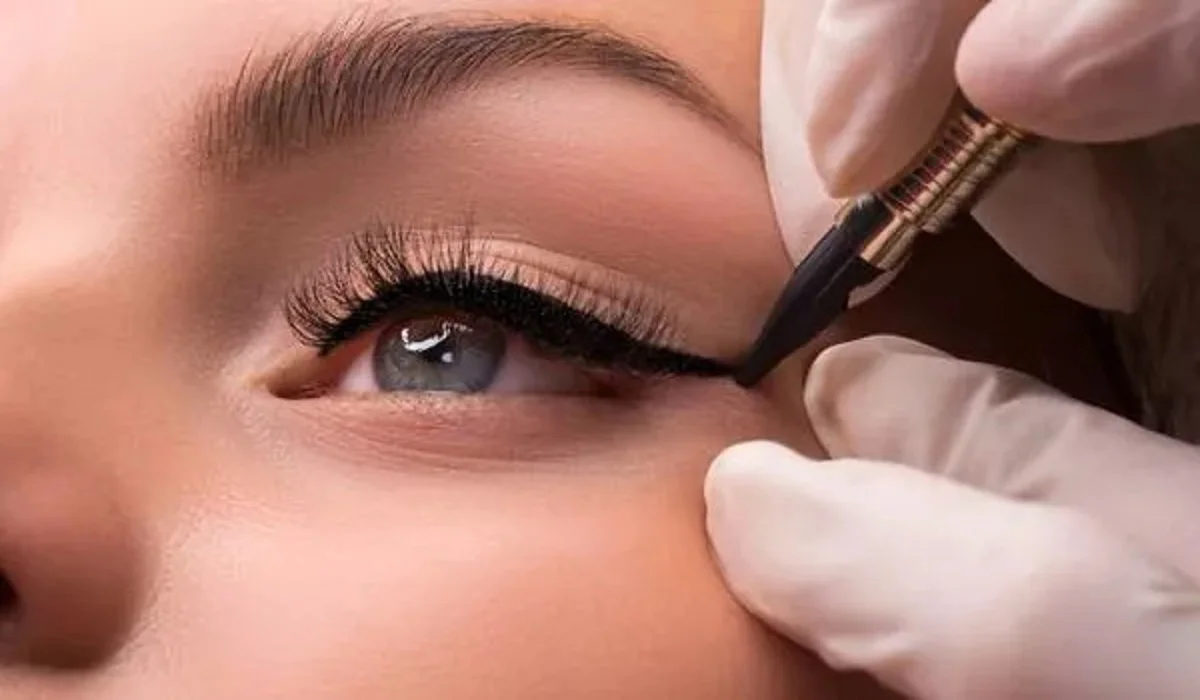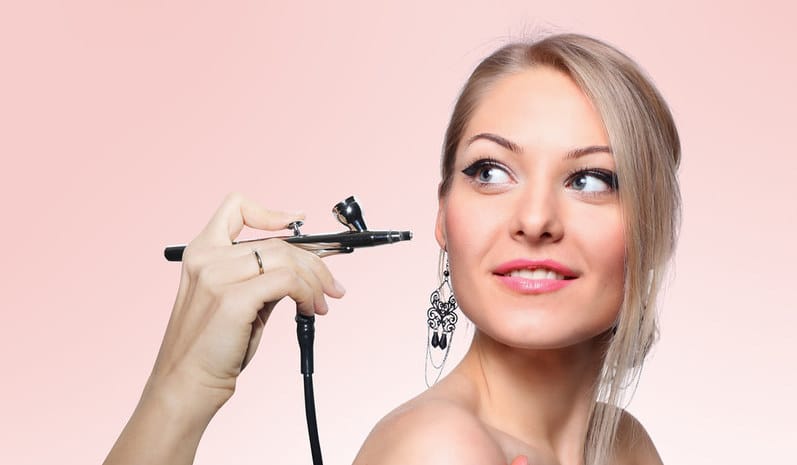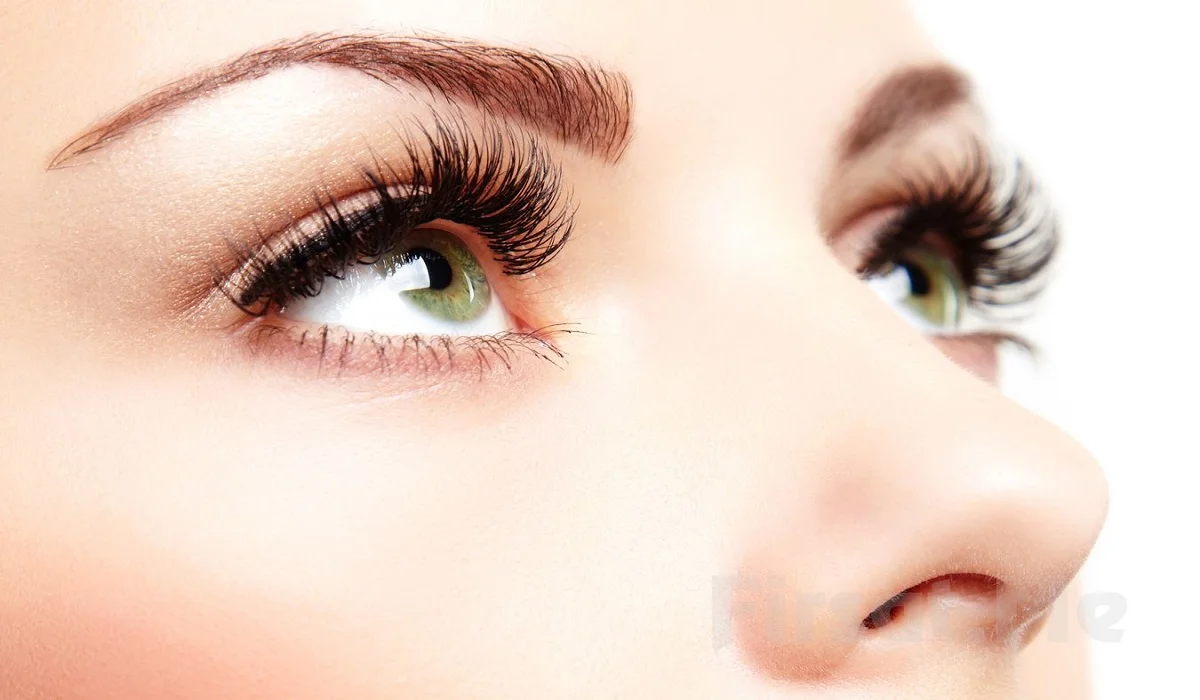
Microneedling has firmly established itself as a pivotal innovation in the realm of aesthetic and dermatological care. By inflicting minuscule injuries on the skin’s surface, it activates the body’s inherent healing mechanisms, catalyzing the generation of collagen and elastin. The outcome is a notable enhancement in skin texture, a reduction in scar visibility, minimized fine lines, and a complexion that radiates youthfulness and vitality. This comprehensive exploration will guide you through every aspect of microneedling, from its myriad benefits and the procedure itself to post-treatment care and frequently asked questions.
Delving into Microneedling
At its core, microneedling, or collagen induction therapy, utilizes slender needles to create almost imperceptible punctures on the skin’s uppermost layer. Renowned for its efficacy in refining the skin’s texture and tone, it is especially advantageous for mitigating scars, wrinkles, and enlarged pores, fostering skin renewal from within.
The Scientific Foundation of Microneedling
Microneedling’s underlying science is both straightforward and deeply rooted in biology. The microscopic injuries it induces prompt the body to initiate a healing response, which includes the production of new collagen and elastin. This response not only repairs the tiny wounds but also rejuvenates the adjacent skin that may be aged or damaged, resulting in a visibly rejuvenated appearance.
The Advantages of Microneedling
- Refined Skin Texture: Regular treatments can significantly soften and smooth the skin, enhancing its overall feel.
- Scar Mitigation: It proves particularly effective in lessening the visibility of acne scars.
- Even Skin Tone: It is beneficial in addressing hyperpigmentation and age spots, including sunspots and melasma.
- Anti-Aging Benefits: It helps in reducing the visible signs of aging, such as lines and wrinkles, for a more youthful appearance.
- Enhanced Topical Absorption: It boosts the effectiveness of skin care treatments by improving their penetration into the skin.
Device Varieties for Microneedling
The market offers an array of microneedling devices, from professional-grade equipment found in clinics to home-use derma rollers. Professional treatments are generally more impactful, owing to the customizable depth of needle penetration and the intensity of the treatment.
Preparing for a Microneedling Session
The preparatory phase involves a consultation with a skincare expert to evaluate if your skin is suited for the treatment and to address any concerns. Avoiding certain medications and sun exposure prior to the session is advised.
The Microneedling Process
A standard session includes cleaning the skin, applying a numbing cream, followed by the microneedling procedure, which lasts about 30 minutes. Afterwards, a calming serum or mask may be applied to soothe the skin.

Post-Treatment Care and Healing
Post-treatment care is crucial for enhancing the benefits of the procedure. It involves the application of recommended serums or creams, avoiding sun exposure, and maintaining skin hydration.
Safety and Potential Side Effects
Microneedling is generally safe for all skin types, though some may experience redness, swelling, and sensitivity after the treatment, which usually subsides within a few days.
Microneedling Across Different Skin Types
This versatile treatment is suitable for a wide range of skin types and concerns, from aging to acne scars. Nonetheless, individuals with specific skin conditions should seek professional advice before proceeding.
Enhancing Results with Combined Treatments
For superior outcomes, microneedling can be paired with other treatments, such as PRP (Platelet-Rich Plasma) or hyaluronic acid serums, to augment the healing and rejuvenative effects.
Cost Considerations and Choosing a Provider
The expense of microneedling varies based on location, clinic, and treatment scope. Despite its growing accessibility, selecting a qualified provider is crucial for ensuring both safety and efficacy.
Insights from Personal Experiences
Testimonials from those who have experienced microneedling offer valuable perspectives and reassurance regarding the procedure’s effectiveness and what one might anticipate.
Optimal Frequency of Treatments
To achieve the best results, undergoing a series of treatments spaced 4-6 weeks apart is advised, with maintenance sessions every 6-12 months.
Pain and Discomfort
Thanks to numbing creams applied before the procedure, most individuals report minimal discomfort.
Risk of Scarring
Under the care of a skilled professional, the likelihood of scarring is minimal.
Visibility of Results
Immediate effects are noticeable, but the most profound results, particularly in collagen production, manifest over several weeks to months.
Contraindications for Microneedling
People with active skin infections, chronic skin conditions, or a history of poor wound healing might be advised against undergoing microneedling.Microneedling: Looking Ahead
As research advances and technology evolves, the potential of microneedling continues to expand. Innovations in equipment and treatment methodologies promise even more personalized and effective skincare solutions.
Microneedling presents a promising avenue for addressing a multitude of skin concerns, leading to a complexion that is not only more youthful but also healthier and more vibrant. Its capacity to stimulate natural healing and rejuvenation positions microneedling as a cornerstone in the future landscape of skincare.








